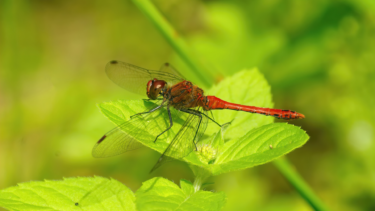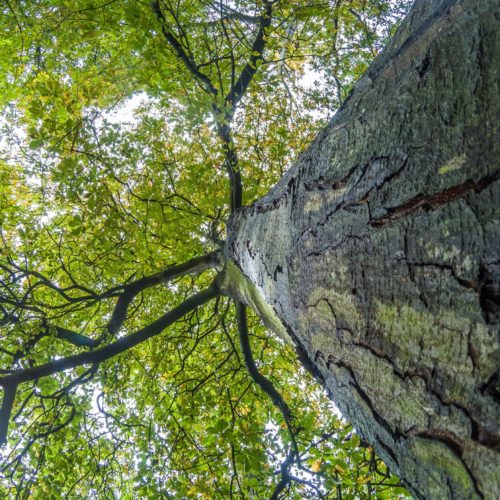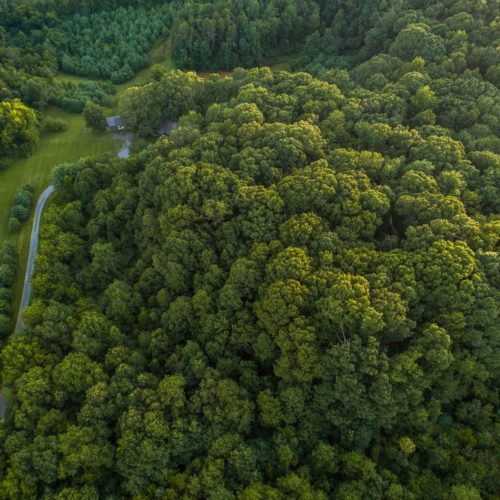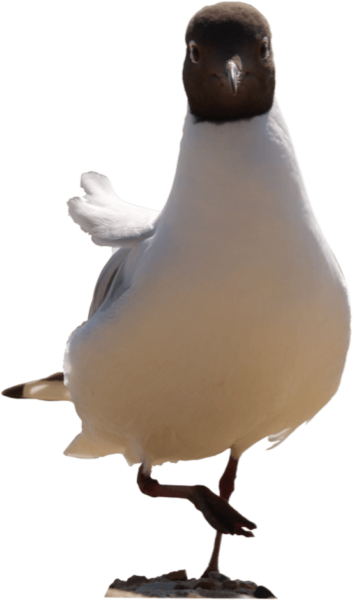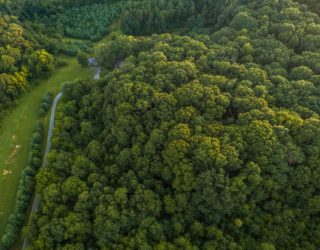Where developers must adhere to habitat protection regulation and ecologists recommend wildlife translocation to safely transfer a protected species, we make this possible through trapping and fencing.
Thomson Environmental Consultants supply and deliver expert conservation methods to translocate amphibians such as the Great Crested Newt, including fencing and trapping solutions. From temporary amphibian fencing (TAF) to more permanent fencing (PAF) services, we undertake full consultation and installation. Any additional requirement to remove vegetation prior to installation of fencing can also be undertaken by Thomson.
Fencing installation is met with unique challenges depending on the habitat and type of species. For instance, above-surfaces pipelines, or unforeseen underground obstructions can complicate newt fencing services.
Fortunately, we are experienced in providing effective habitat management and newt fencing solutions no matter the site or requirements. Through Thomson, developers can progress their projects legally and without delays.
Discuss your newt fencing requirements
Conservation of Newt Habitats
The Great Crested Newt and its habitat are protected under the Wildlife and Countryside Act 1981 and the corresponding Habitats Regulations 1994. According to compliance, it is illegal to interfere with these habitats or disturb the Great Crested Newt as they are classified as an endangered species.
Identifying Great Crested Newts
Great Crested Newts are mostly black in colour, with spotted flanks, and have orange underbellies. Developers should be mindful of newts prior the commencement of a construction project, especially where wildlife and natural habitats could be disturbed.
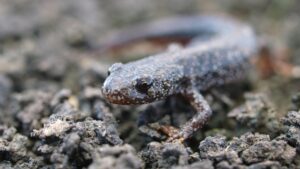
Newt Fencing Types
Temporary amphibian fencing (TAF)
Temporary amphibian fencing lasts up to two years, but this is dependent on the conditions of the site. As a cost-effective solution, this newt fencing is made from polythene sheets with wooden fence stakes, offering reliable containment for newts.
Semi-permanent newt fencing
Semi-permanent newt fencing is made from HDPE (high density polyethylene) with underground and top edge returns. Semi-permanent newt fencing is more reliable and durable than temporary fencing, typically lasting for up to five years. It benefits from a more durable form, which can withstand the weathering of a site, from manmade to more natural damages.
In ideal circumstances, and specific to our evaluation of every site, installation can be expedited as the fencing can be applied as a continuous roll, without trenching or back-filing.
Permanent amphibian fencing (PAF)
With the lengthiest lifespan, reaching up to 15 years, permanent amphibian fencing installations can withstand and endure damage, whether accidental or through vandalism. Otherwise known as PAF, this fencing solution is made from a 4mm thick HDPE with a top return.
Across all newt fencing solutions, permanent ones are great for building a durable perimeter for amphibian enclosure, especially if a construction site is nearby and threatens this habitat’s integrity. This is a preferable option for construction projects that have an undefined or indeterminate timeline.
Drift fencing for Great Crested Newts
For a development project to progress legally, it’s imperative that all habitats are surveyed and when required, species are trapped translocated appropriately. From consultation to conservation action, Thomson Environmental Consultants can help developers deliver their projects without costly delays, and remain compliant with the relevant legislation.



